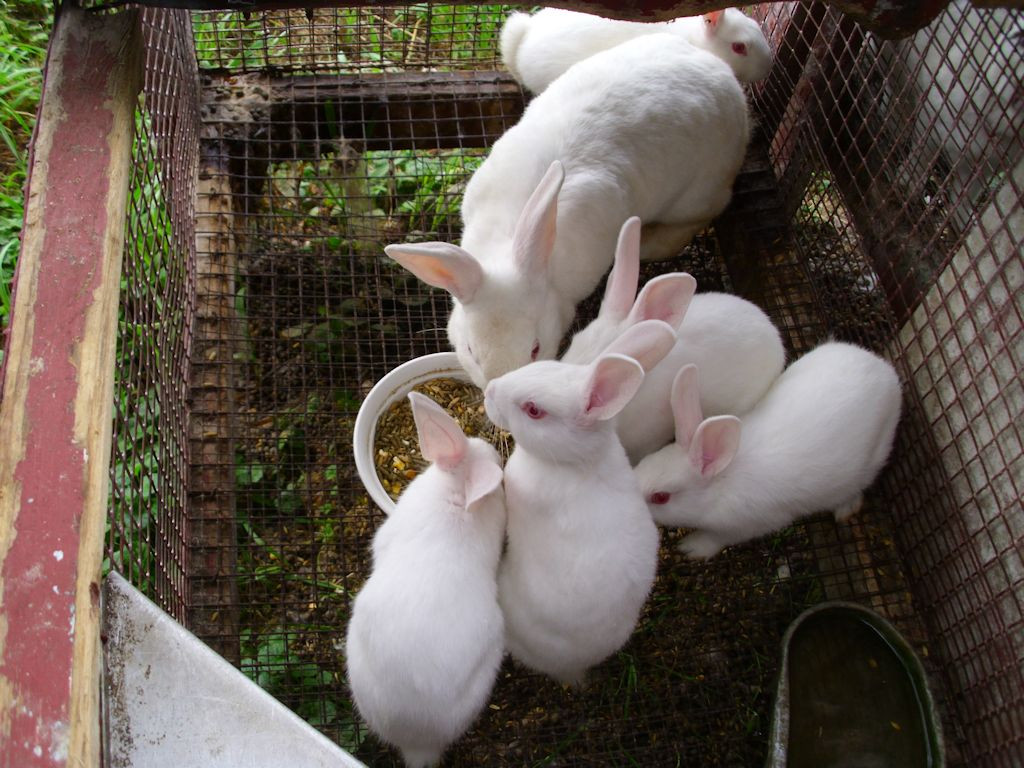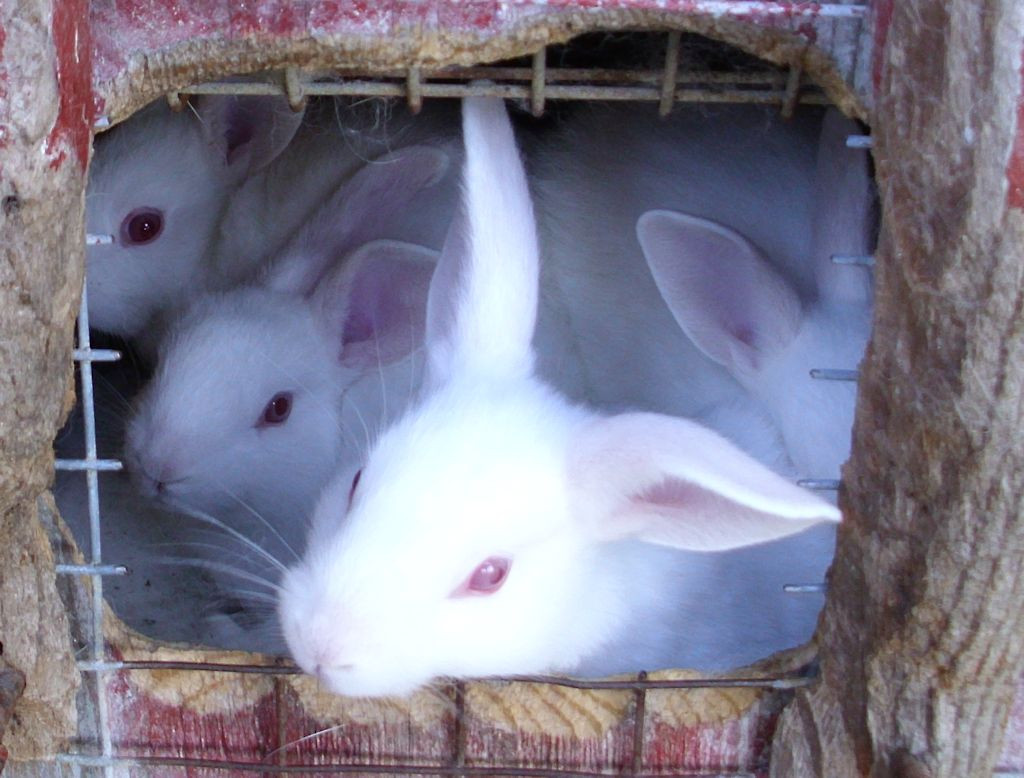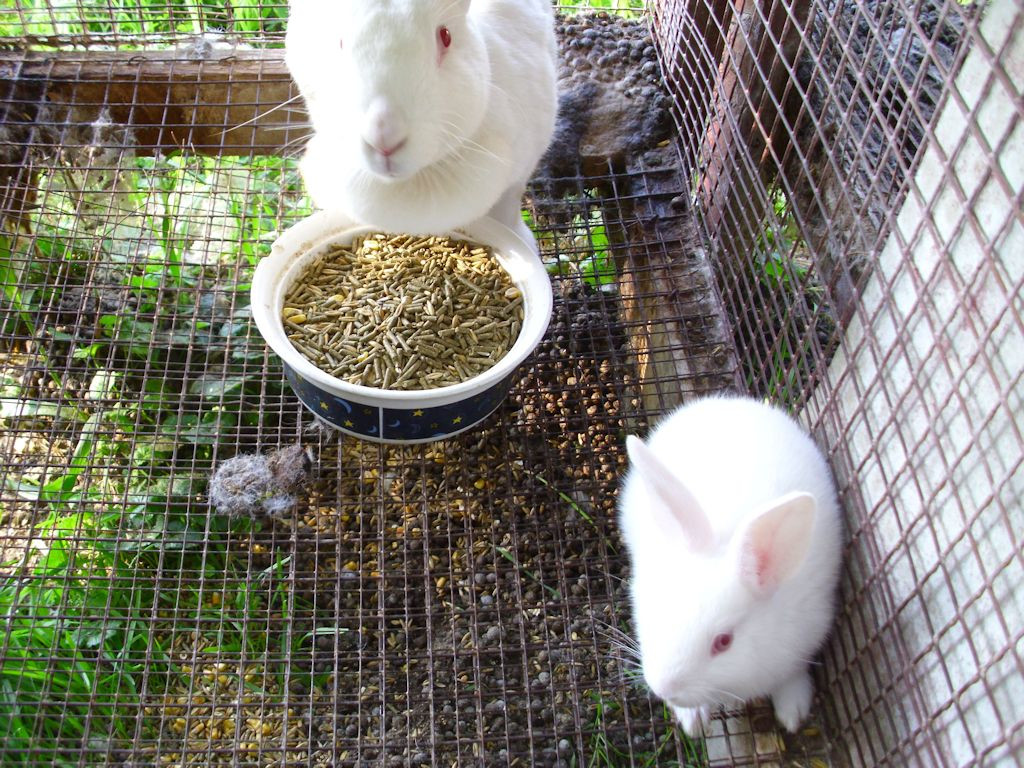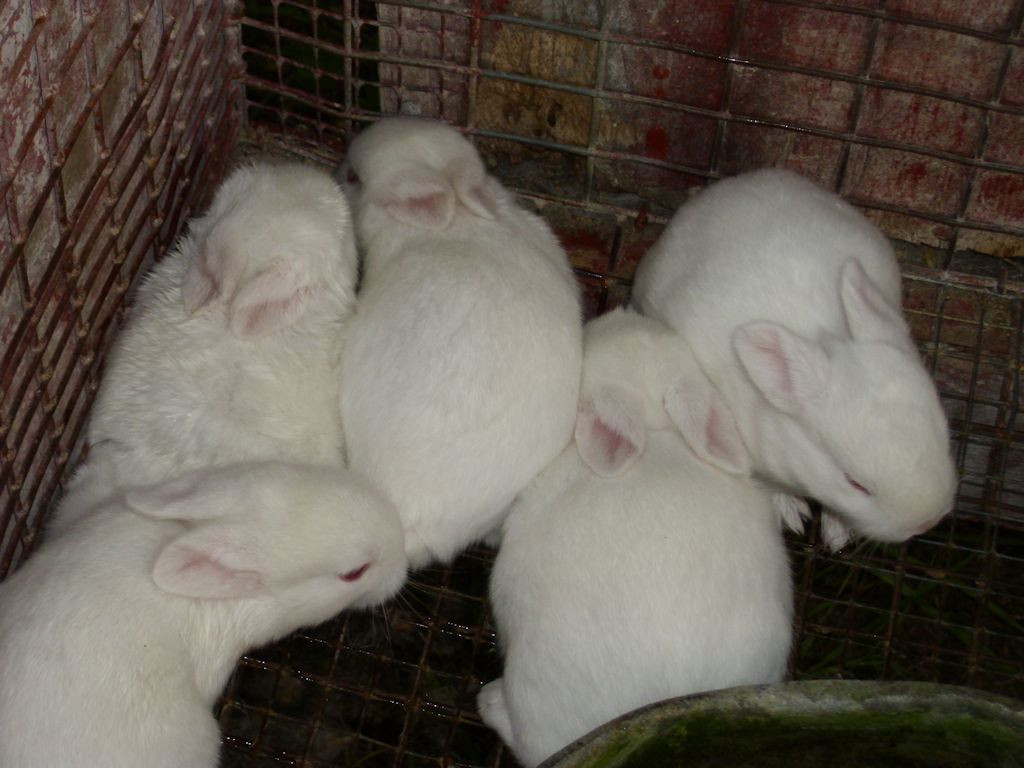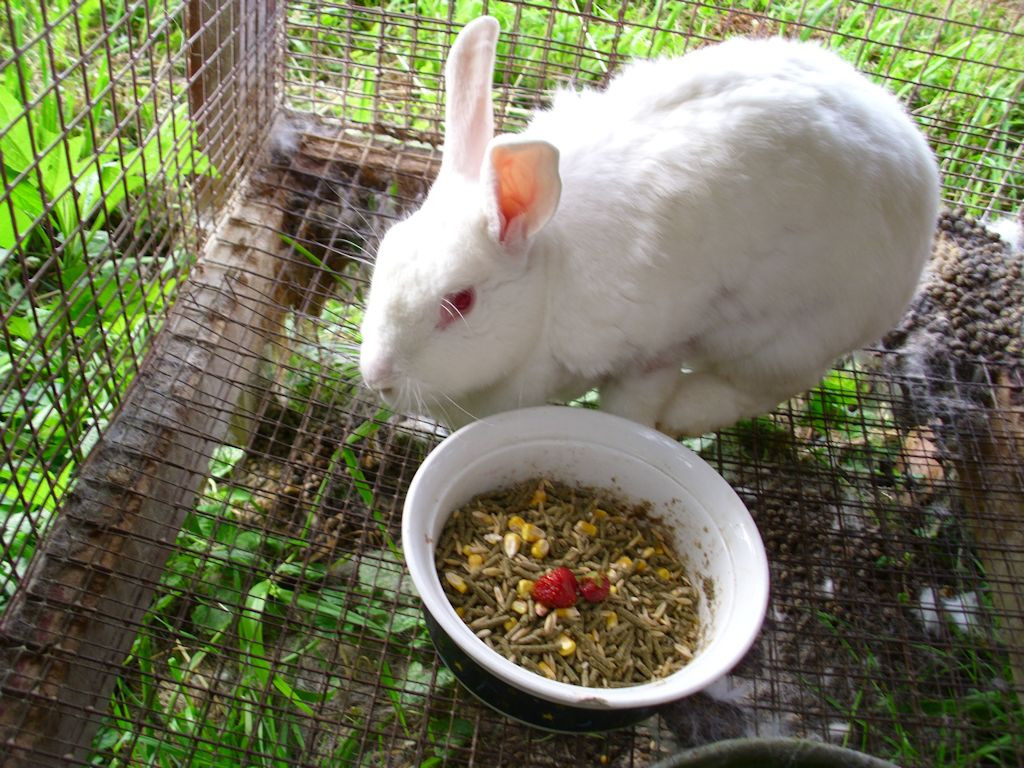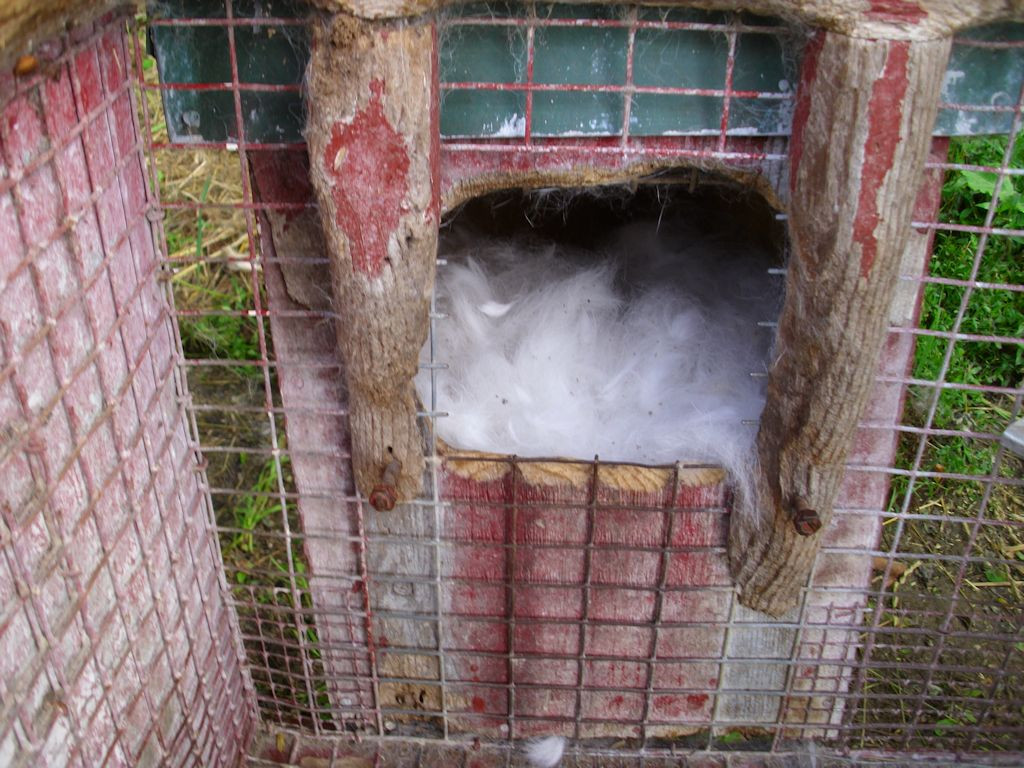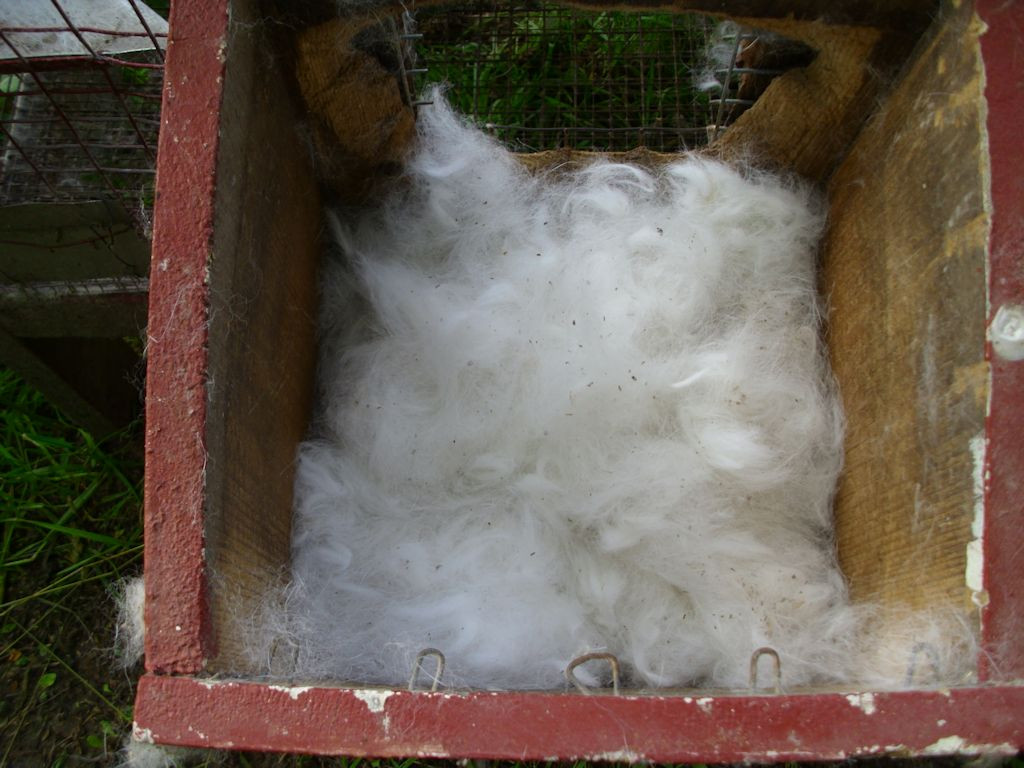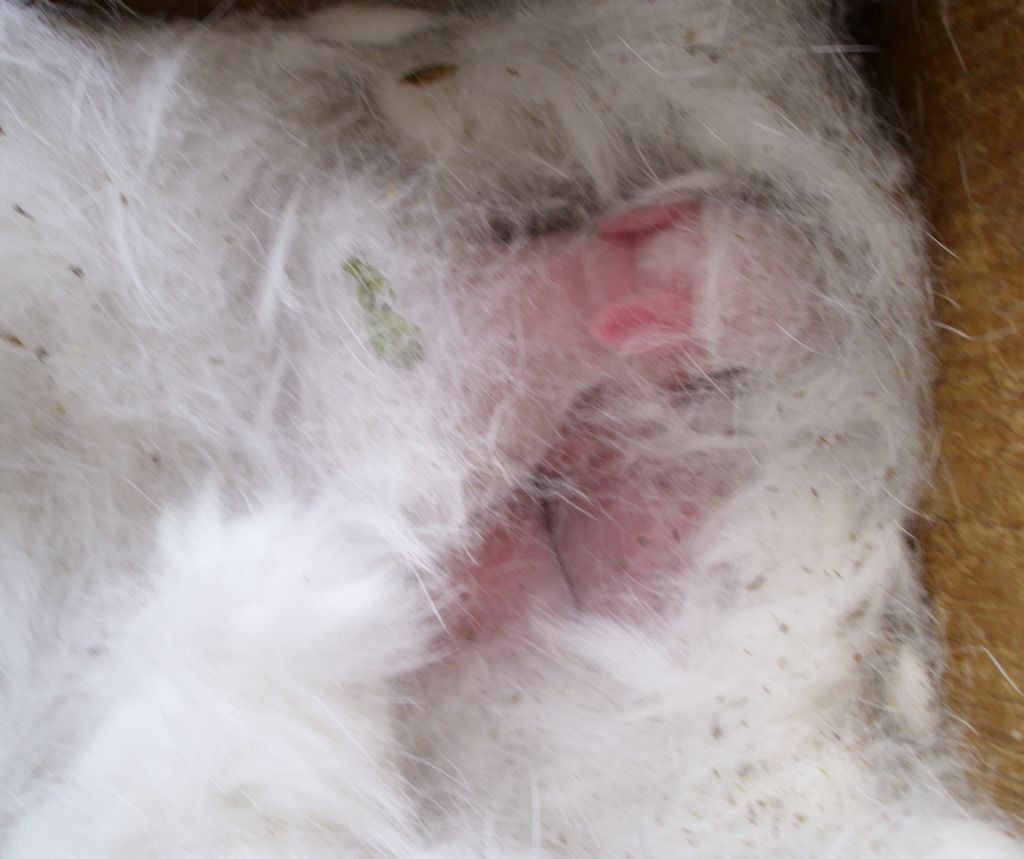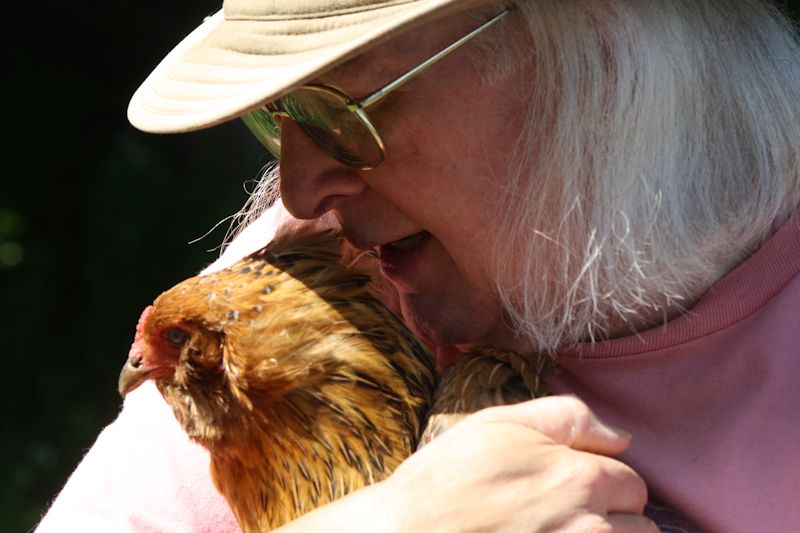Anyone who knows me knows that I’m quite careful with my breeder rabbits. They become pets, for one thing, so the older bunnies go to the retirement home when they’re past their prime. Of course, everyone gets a hug every day. However, I also realize that my rabbits are animals with particular needs and that I need to exercise care when they have specific requirements. One of those requirements is ensuring the breeding rabbits are actually healthy enough to do the job. So, it was with heavy heart that I bid adieu to my buck, Spartacus, this past winter. He’s just too old to get the job done anymore.
I obtain my new does from my stock. When the kits are old enough, I start monitoring the does for good potential. The doe of choice is alert, quite active, robust in protecting her territory against the other kits, and large. I’m always looking for the best possible breeding stock to ensure that future kits have the best possible chance of succeeding. I tend to prefer does that are a bit on the aggressive side so that I can be sure she’ll protect her kits, but I don’t want a doe who is overly aggressive. I learned that lesson the hard way with a doe that would actually charge me when I tried to provide food and water. She’d actually bite. Yet, she was pretty mellow once her kits were fully grown.
My new buck, Oreo, is a gift from a friend. He’s friendly, but slightly aggressive. His markings really do suggest an Oreo cookie—black and white. He’s a well built buck and loves his morning hug. The reason I don’t get bucks from my own stock is that I want to prevent inbreeding. Inbred rabbits exhibit horrid behaviors (including cannibalism) that are best left to the imagination. The point is that you need an outside source of DNA, so trading with other breeders and ensuring you get from a variety of sources is one hedge against the problem.
I normally try for a buck that’s slightly smaller than my does. The reason is that a really large buck can cause the doe to have babies that are too large and she might not be able to have them normally. Even if you manage to get to the doe in time, she often dies if she can’t get the babies out. Oreo is just the right size. He’s just slightly smaller than my does.
Breeding season will arrive soon. Normally I try to breed the rabbits the first time in late March or early April so that the chances of frost at the time the babies are born is minimal. Breeding early in spring also lets me breed the does more than once (normally I go for three breeding sessions during the year unless the summer is especially hot).
Getting just the right buck for your does can take time and effort, but it’s well worth it to have healthy kits. Let me know your thoughts on choosing a new buck at [email protected].

